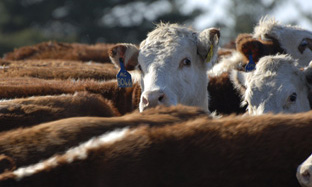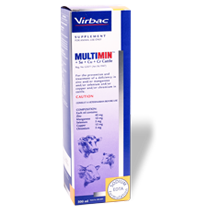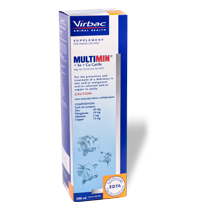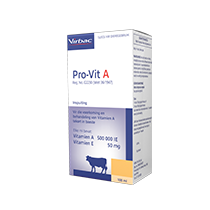
Dairy cows: Get your cows AI-ready with strategic trace mineral supplementation
It is well known that the so-called transition period, from shortly before calving to shortly after calving, is of critical importance in dairy cows. This article looks at another critical period that is often neglected, but which can have a significant impact on the economy of a dairy, namely the period before breeding/AI.
The ideal is to get cows pregnant as soon as possible after calving. The body condition of the cows during the transition period has a significant influence on the readiness of the cows for breeding/AI. Body condition score, and disease related conditions such as retained placenta’s, uterine inflammation, mastitis, and metabolic diseases plays an important role in re-conception.
The trace mineral status of the cow before breeding/AI, plays a major role in the development of viable ova, oestrus, the successful release of ova, successful fertilisation and embryo survival. A cow loses about 30% of her trace mineral status during the birth process via the calf, amniotic fluid and placenta.
Several studies have shown that a trace mineral top-up supplement with MULTIMIN® before breeding/AI can help to optimise the trace mineral status of the cow to support the critical reproductive functions (Grace N, Knowles S. 2012; Moreira da Silva et al., 2010). Studies (Mitchell et al. 2008) show that MULTIMIN® supplementation improved conception percentage and also reduces the number of open days in cows, i.e. cows conceive earlier.
When we take a more in-depth look at each trace mineral's role in reproduction, we see the following:
Manganese (Mn) plays an important role in the production and regulation of sex hormones.
Zinc (Zn) plays an important role in the successful fertilisation of the ova and the development of the embryo, as zinc is essential in rapidly dividing cells.
Copper (Cu) is important in embryo survival, among other things. A shortage of copper can also delay or suppress the onset of the oestrus cycle.
Selenium (Se) is known as the "fertility” trace mineral. It plays an important role in the development of the ova, fertilisation, and embryo survival. Optimal levels of selenium, in conjunction with vitamin E, are important to prevent/reduce early embryonic losses (or resorption). Vitamin A, works synergistically with zinc. This is why we recommend giving a vitamin A and E supplement along with a good injectable trace mineral source, such as MULTIMIN®.
Chromium (Cr) has the ability to increase the number of viable oocytes and decrease subclinical metritis.
Trace minerals also promote the optimal functioning of the immune system. Trace minerals are essential to limit oxidative stress. Zn, Mn, Cu, as well as Se, play an important role in enzymes that counter the excessive production of reactive oxygen species (free radicals), which lead to oxidative stress (Sies H. 1997).
A healthy dairy cow's reproduction rate is obviously better!
Grace N, Knowles S. Lack of production response in grazing dairy cows supplemented with long-acting injectable vitamin B12. N Z Vet J. 2012;60(2):95-9
Moreira da Silva F, Marques A, Chaveiro A. Reactive Oxygen Species: A Double-Edged Sword in Reproduction. Open Vet Sci J. 2010, 4:127-33
Mitchell K, Smith W, Storch A, Michael N, Els J. Injectable trace elements increase reproduction efficiency in dairy cows. In: Schlegel P, Durosoy S, Jongbloed A, editors. Trace elements in animal production systems. Wageningen, The Netherlands: Wageningen Academic Publishers; 2008 p. 296-8
Sies H. Oxidative stress: oxidants and antioxidants. Exp Physiol. 1997 Mar;82(2):291-5




